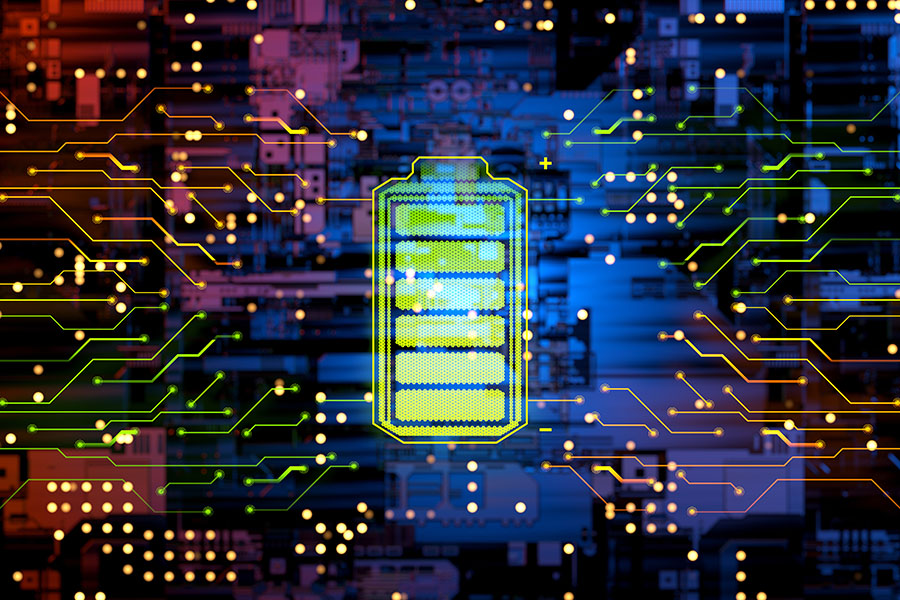
A team from Florida State University and Lawrence Berkeley National Laboratory has developed a new strategy to build solid-state batteries that are less dependent on specific chemical elements, particularly pricey metals with supply chain issues.
Their work was published in the journal Science.
Bin Ouyang, an associate professor in the Department of Chemistry and Biochemistry, first developed the idea for this work while finishing his postdoctoral research at the University of California, Berkeley, along with his co-first author Yan Zeng, and their postdoctoral adviser Gerbrand Ceder. In their study, they demonstrated that a mix of various solid-state molecules could result in a more conductive battery that was less dependent on a large quantity of an individual element.
“There’s no hero element here,” Ouyang said. “It’s a collective of diverse elements that make things work. What we found is that we can get this highly conductive material as long as different elements can assemble in a way that atoms can move around quickly. And there are many situations that can lead to these so-called atom diffusion highways, regardless of which elements it may contain.”
Solid-state batteries operate almost the same way as other batteries — they store energy and then release it to power devices. But rather than liquid or polymer gel electrolytes found in lithium-ion batteries, they use solid electrodes and a solid electrolyte. This means that a higher energy density can occur in the battery because lithium metal can be used as the anode. Additionally, they have lower fire risk and potentially increase the mileage of electric vehicles.
However, many of the batteries constructed thus far are based on critical metals that are not available in large quantities. Some aren’t found at all in the United States. Given that the U.S. and many other countries plan to replace all vehicles with electric vehicles by 2050, there is an enormous strain being put on the supply chain for critical metals.
The research team considered the straightforward path of using one element to replace commonly used ones, but that approach raised its own supply chain issues. Instead, the team approached the problem by designing materials that weren’t beholden to one specific element. For example, instead of creating a battery made with germanium, which rarely appears naturally in high concentrations, the team created a mixture of titanium, zirconium, tin, and hafnium.
“With such a feature, we need to assemble those elements in a way so that we have many ‘good’ local configurations which can form a network for the fast transport of atoms or energy,” Ouyang said. “Think of it as a highway. As long as there is a connected highway for atom diffusion, the atoms can move quickly.”
This study opened a new area of research for Ouyang and his colleagues as they work to build more efficient solid-state batteries.
Government, research and academia have heavily invested in the development of solid-state batteries because batteries that contain liquids are more prone to overheating, fire and loss of charge. Smaller solid-state batteries already power devices like smartwatches and pacemakers. Still, many manufacturers believe that breakthroughs in this area could mean solid-state batteries could one day be helping electric vehicles or aircraft.
Other scientists contributing to this work are Young-Woon Byeon and Zijian Cai from Berkeley Lawrence National Laboratory, Jue Liu from Oak Ridge National Laboratory and Lincoln Miara and Yan Wang from the Samsung Advanced Institute of Technology.




